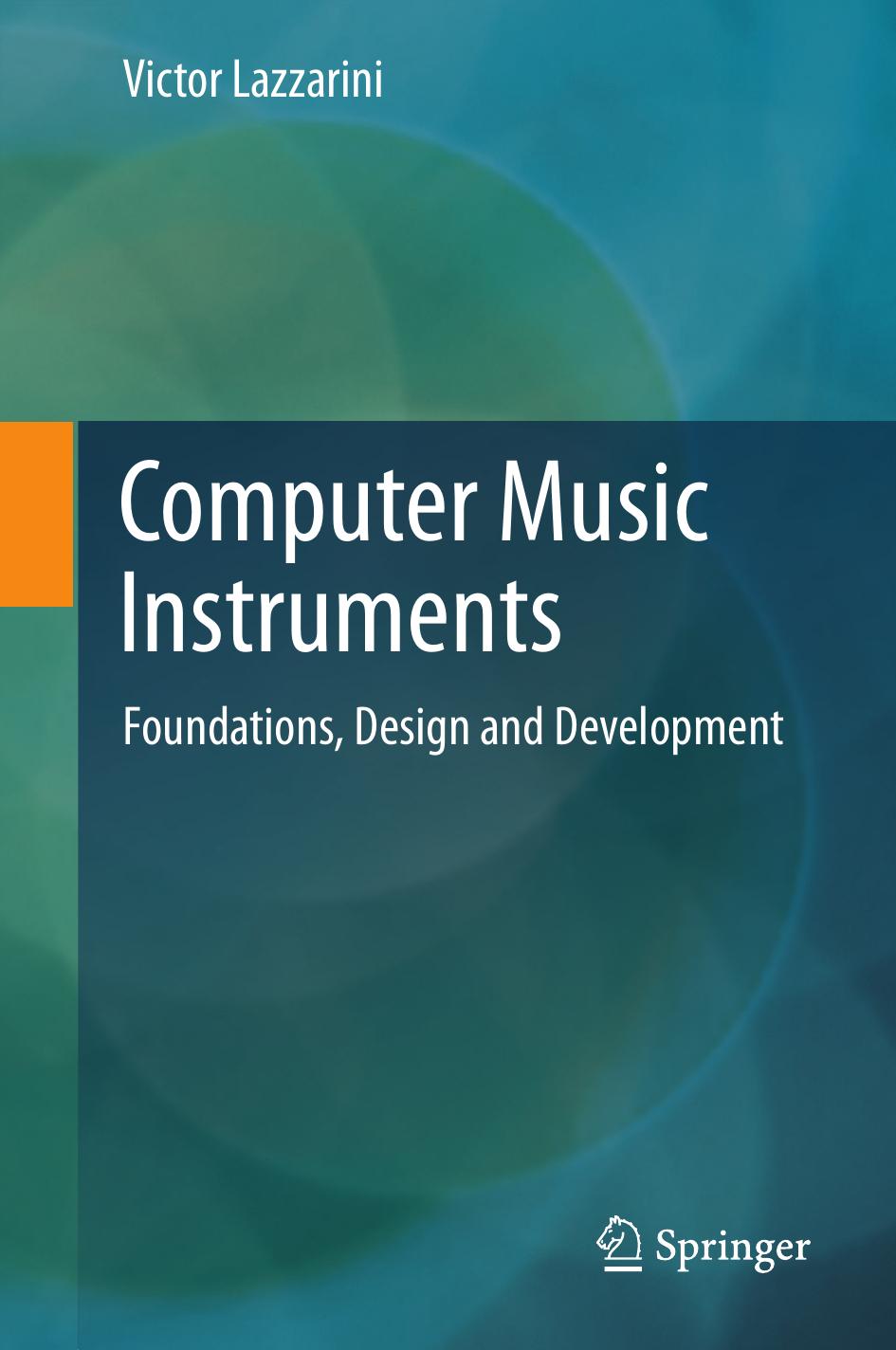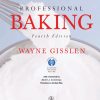Computer Music Instruments Foundations Design and Development 1st edition by Victor Lazzarini 3319635034 9783319635033
$70.00 Original price was: $70.00.$35.00Current price is: $35.00.
Instant download Computer Music Instruments Foundations Design and Development 3319635034 after payment
Computer Music Instruments Foundations Design and Development 1st edition by Victor Lazzarini – Ebook PDF Instant Download/Delivery: 3319635034, 9783319635033
Full download Computer Music Instruments Foundations Design and Development 1st edition after payment

Product details:
ISBN 10: 3319635034
ISBN 13: 9783319635033
Author: Victor Lazzarini
This book is divided into three elements. Part I provides a broad introduction to the foundations of computer music instruments, covering some key points in digital signal processing, with rigorous but approachable mathematics, and programming examples, as well as an overview of development environments for computer instruments. In Part II, the author presents synthesis and processing, with chapters on source-filter models, summation formulae, feedback and adaptive systems, granular methods, and frequency-domain techniques. In Part III he explains application development approaches, in particular communication protocols and user interfaces, and computer music platforms. All elements are fully illustrated with programming examples using Csound, Python, and Faust. The book is suitable for advanced undergraduate and postgraduate students in music and signal processing, and for practitioners and researchers.
Computer Music Instruments Foundations Design and Development 1st Table of contents:
Part I Foundations
1 Audio and Music Signals
1.1 Audio Signals
1.1.1 Waves
1.1.2 Parameters
1.1.3 Waveform shapes
1.1.4 Breaking waveforms down
1.2 Musical Signals
1.2.1 Scales
1.2.2 Spectral types
1.3 Signals in and out of the Computer
1.3.1 Digital signals
1.4 Conclusions
2 Music Programming Environments
2.1 Python
2.1.1 Control of flow and loops
2.1.2 Sequences
2.1.3 Functions
2.1.4 Classes
2.1.5 Modules and libraries
2.2 Csound
2.2.1 The language: instruments
2.2.2 Variables and types
2.2.3 The API
2.3 Faust
2.3.1 Stream operators
2.3.2 Functions
2.3.3 Controls
2.3.4 Compilation and Csound integration
2.4 Programming Environment and Language Integration
2.4.1 The application
2.4.2 Instruments
2.4.3 Application code
2.5 Conclusions
Part II Synthesis and Processing
3 Source-Filter Models
3.1 Sound Spectra
3.2 Sources
3.2.1 Periodic signal generators
3.2.2 Broadband noise and distributed spectra
3.3 Dynamic Parameter Shaping
3.3.1 Envelopes
3.3.2 Modulation
3.4 Spectral Modification
3.4.1 Filter types
3.4.2 IIR versus FIR
3.4.3 Multiple filters
3.5 Instrument Examples
3.5.1 Multiple detuned sources to resonant filter
3.5.2 Synthetic vocals using filter banks
3.6 Conclusions
4 Closed-Form Summation Formulae
4.1 Band-Limited Pulse
4.2 Generalised Summation Formulae
4.3 Frequency and Phase Modulation
4.4 Asymmetrical PM synthesis
4.5 Phase-Aligned Formant Synthesis
4.6 Split-Sideband Synthesis
4.7 Modified FM Synthesis
4.7.1 Extended ModFM
4.8 Wave-Shaping Synthesis
4.8.1 Polynomial transfer functions
4.8.2 Hyperbolic tangent wave shaping
4.9 Phase Distortion Synthesis
4.9.1 Vector phase shaping
4.10 Instrument Design
4.10.1 Phase modulation
4.10.2 The ModFM vocoder
4.10.3 Resonant synthesis
4.11 Conclusions
5 Feedback and Adaptive Systems
5.1 Delay Lines
5.1.1 Waveguides
5.2 Variable Delays
5.2.1 Vibrato
5.2.2 Adaptive FM
5.2.3 Self-modulation
5.2.4 Asymmetrical methods
5.2.5 Adaptive ModFM
5.3 Heterodyning
5.3.1 Adaptive PD
5.3.2 Adaptive SpSB
5.4 Feedback Modulation
5.4.1 Feedback AM
5.4.2 Periodic time-varying filters
5.4.3 Feedback FM
5.5 Conclusions
6 Granular Methods
6.1 Grains
6.2 Grain Generation
6.2.1 Grain streams
6.2.2 Grain clouds
6.2.3 Sampled-sound sources
6.2.4 Using Python to generate grain data
6.3 Grain Generators in Csound
6.3.1 Syncgrain
6.3.2 FOF
6.3.3 Partikkel
6.4 Conclusions
7 Frequency-Domain Techniques
7.1 Frequency-Domain Analysis and Synthesis
7.1.1 The Fourier transform
7.1.2 The discrete Fourier transform
7.1.3 The fast Fourier transform
7.1.4 Convolution reverb
7.2 Time-Varying Spectral Analysis and Synthesis
7.2.1 Processing spectral data
7.2.2 Spectral envelope
7.2.3 Instantaneous frequencies
7.2.4 Time scaling
7.3 Real-Time Spectral Processing
7.4 Conclusions
Part III Application Development
8 Interaction
8.1 Communication Protocols
8.1.1 The MIDI protocol
8.1.2 The OSC protocol
8.1.3 Networks
8.2 User Interfaces
8.2.1 WIMP paradigm
8.2.2 Beyond WIMP
8.2.3 Custom hardware
8.3 Conclusions
9 Computer Music Platforms
9.1 Desktop
9.2 Mobile
9.3 Web Browsers
9.4 DIY Platforms
9.4.1 The Internet of Musical Things
9.5 Conclusions
People also search for Computer Music Instruments Foundations Design and Development 1st:
3 instruments
virtual instruments forum
visual music composition
windows computer music


